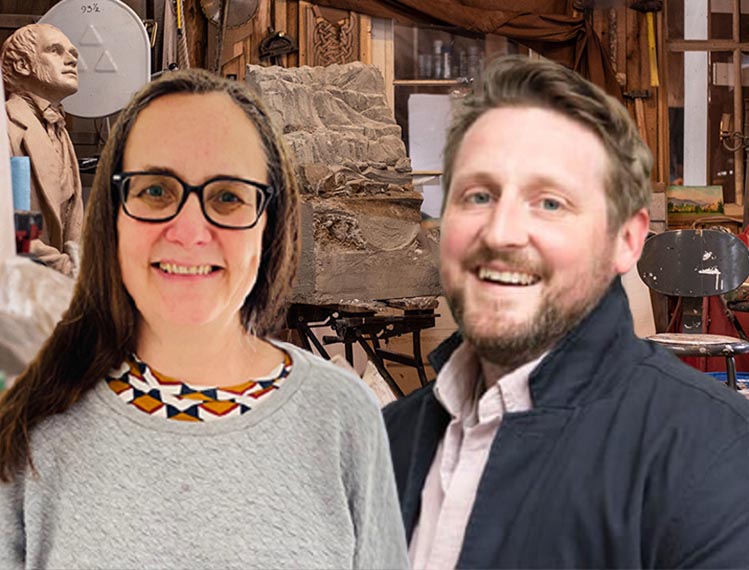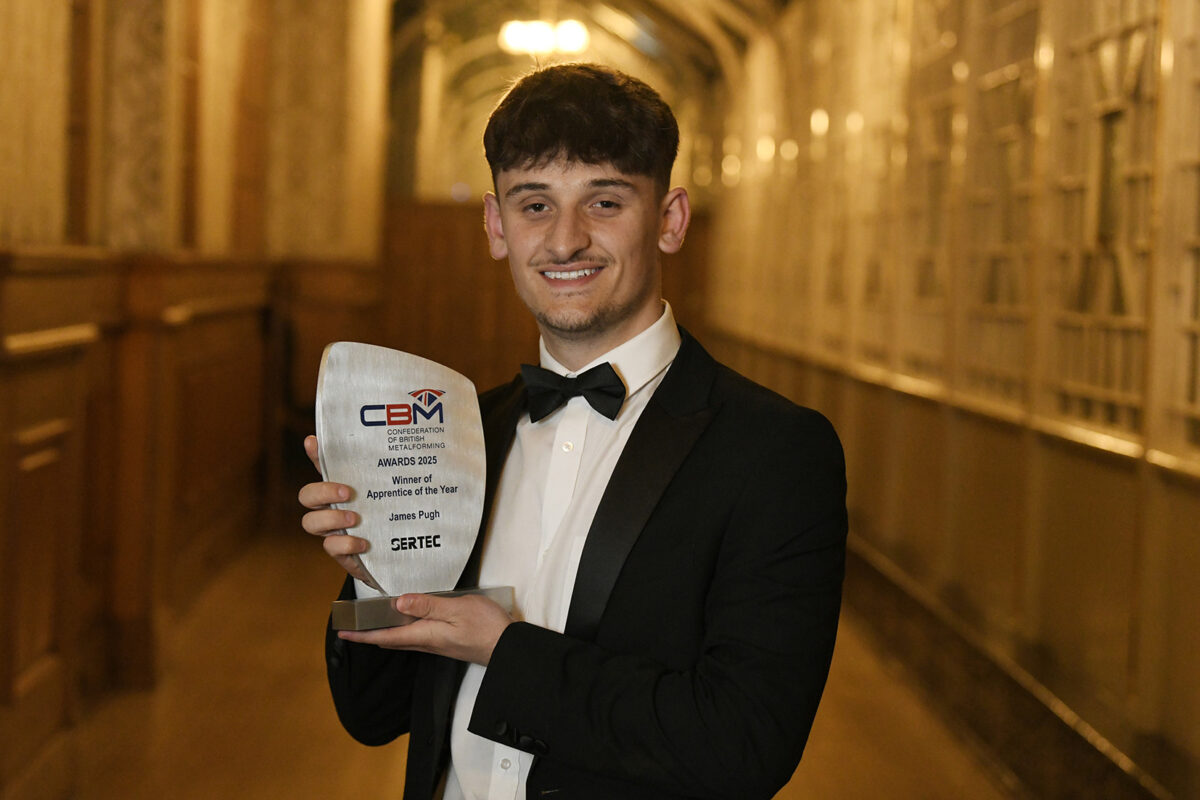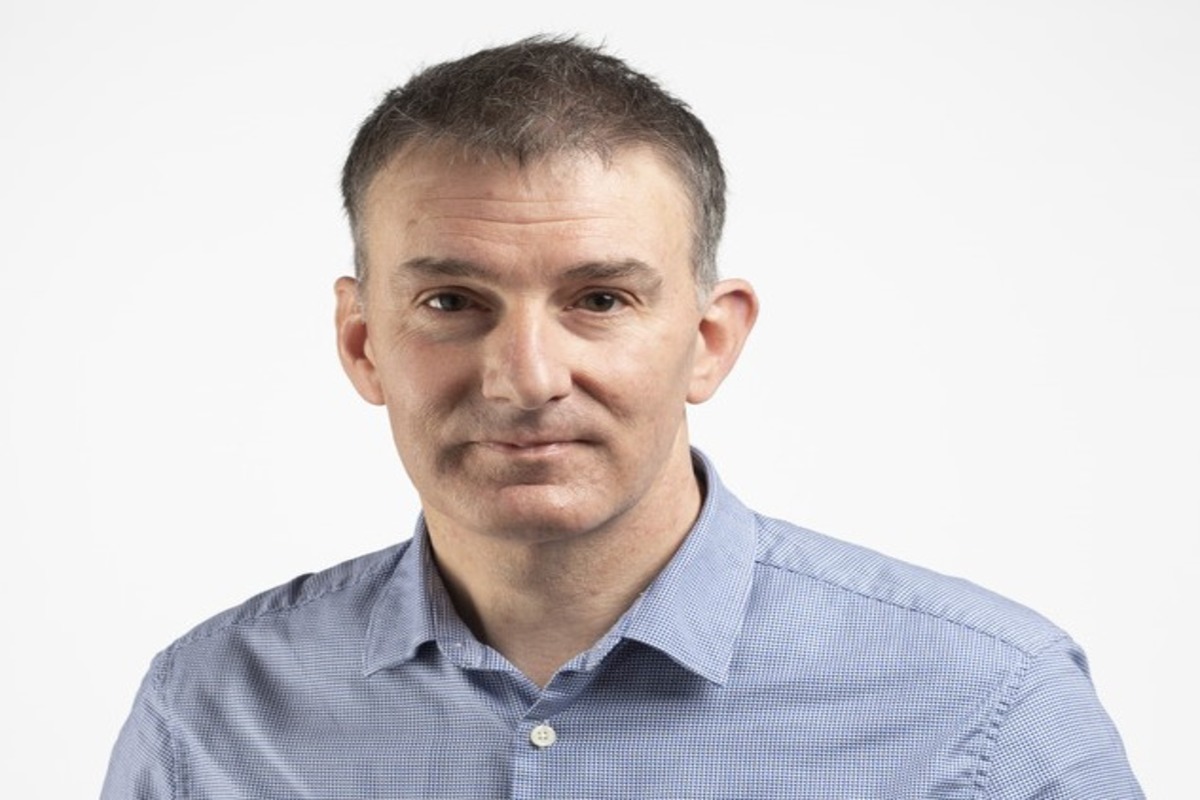The Covid Creative Reboot

How many times have you heard the words “we had to think creatively”? Or “play around with some ideas”? Or “solve some problems”?
These are not lines specific to the creative arts, they are words uttered in the boardrooms of all businesses all over the world. These principles of creative thinking, play and problem-solving form the basis of a successful creative practice, and underpin all the UAL Awarding Body’s portfolio of FE qualifications. Creativity is not a divine gift, or a genetic blueprint or predisposition. Creativity is a mindset, it is a way of thinking, a series of thoughts and actions that leads an individual, group or organisation on a journey. The story of creativity is one of consistency, repetition, resilience, and determination to pursue a way of thinking and doing, that may not be immediately rewarding, successful or easy.
Musician, John Mayer, has spoken of turning on a ‘creative faucet’. This describes the action of trusting the process and investing in yourself over time. Mayer is referring to the commitment he invests in exploring his process over a prolonged period, trusting that if creativity is allowed to ‘flow’ long enough, progress will be made, and a satisfactory outcome reached. A practitioner like Mayer does not wait for inspiration to hit unexpectedly. Instead, choosing to push through the initial stages of an exploratory process, knowing that initial experiments might yield mediocre results. Meanwhile, understanding the value in these early experiences and using them as a catalyst to continue moving forward. This approach requires resilience and confidence, both creative mindset attributes built through a commitment to practice and repetition. Musician, Talvin Singh, has said that a creative practitioner must make practice an unavoidable part of their day.
Arts & Industry
During this difficult pandemic period those that can call on these attributes of creativity, playfulness and natural problem solving have not only survived, but thrived. Has the disruption of a global pandemic and the isolation of lockdown helped to breakdown some of the perceived barriers between the creative industries and its sister sectors? In times of austerity many things shrink, or disappear entirely, but somehow (drawing on seemingly endless reserves of resilience) creativity finds a way to grow.
The concept of creativity as an iterative developmental process is not something ringfenced to the classroom or learning environment, it is a perspective that permeates industry. Any vocational area requiring innovation or new development will embed creativity within its developmental methodology. Sir James Dyson famously developed 5,126 failed prototypes on his way to designing the technology that transformed household cleaning forever.
“People think of creativity as a mystical process. This model conceives of innovation as something that happens to geniuses. But this could not be more wrong. Creativity is something we can all improve at, by realising that it has specific characteristics. Above all, it is about daring to learn from our mistakes”. – Sir James Dyson
Just as creative thinking can positively impact business strategy on a long-term basis, it may also be a highly effective way to tackle global challenges such as the escalating climate crisis. Momentary flashes of inspiration and activity can ignite awareness and interest in environmental and conservation issues, but it will be the resilient and consistent application of a creative approach to problem solving that will bring about the changes needed to sustain life on this planet.
Arts & Education
Our qualifications promote an iterative developmental process through their design and delivery, requiring students to experience the stages of a creative process through the practical application of concepts, knowledge, and skills. The formative stages of a UAL qualification break this process down into chunks, asking students to unpack each stage and apply their individualised understanding to a burgeoning independent creative practice. Students are challenged to understand the parameters of a thematic enquiry or brief, propose a solution, document a plan, and explore versions of their solution through developmental experimentation. They are encouraged to underpin each of these activities with continuous research and ongoing reflective practice. Learners conclude their journey by selecting a successful outcome, presenting, and justifying this in a manner that appreciates, mirrors and in some cases disrupts industry convention. By developing a working understanding of each of these stages, students are creating markers or creative gateposts that allow them to manage their time and measure progress against expectations. These creative skills and attributes enable students to develop versatility and resilience that makes them immensely employable across a huge spectrum of career choices.
Education, like all industries, has had to respond to the disruption and distance produced by the pandemic. Learning spaces have adapted from physical to digital classrooms and workshops, with learners having access to a blended model of in-person and remote teaching. Creative education learning programmes have carefully revised their offer to ensure that students receive an equivalent level of development and progress from a digital learning experience. Projects have been designed to be accessible from a home learning environment, reducing the focus on specialist technical equipment, and expanding the contextual and conceptual tasks set. Teachers have learned how to structure learning in the digital space, developing new techniques and strategies to inspire and engage their students. Have these strategies worked? The Open University has recently published a 15% increase in applications in the last twelve months, indicating that students have become confident and comfortable with learning at distance. FE and HE institutions nationally will need to consider how they continue to capitalise and engage with this new culture of learning going forward.
Arts & Health
As we reflect on this recent period of pandemic disruption, it is apparent that during this time, while so many things in life seemed to diminish, creativity thrived. From providing a welcome distraction or a mood-boosting remedy for anxiety, artistic activities such as simply watching TV and film or engaging in reading and crafting have been a lifeline for many. Businesses who responded creatively to the pandemic by adapting, diversifying, and expanding their portfolios have embraced new markets and increased productivity. How has this growth occurred? The answer is in no small part to do with the role creativity can play in the act of problem-solving.
The pandemic has offered new health considerations or magnified pre-existing problems. Where we were spending a questionable amount of time on a screen, we have become unquestionably burnt out by the digital world. However, once again, creativity offers respite and release from this. Reading a book, taking a sketchbook for a walk, playing a musical instrument, or devising a game with a friend or loved one all makes us think differently and change our behavioural patterns and so called ‘quick fixes’. Creativity saves us from the dangers we don’t see and makes us question what we are doing; inspiring and challenging us to take a different approach.
ENO Breathe is a good example of an integrated social prescribing programme of singing, breathing and wellbeing, to provide crucial support to people recovering from COVID-19. It was designed by the English National Opera in partnership with the Imperial College Healthcare London to carefully develop a 6-week online programme that offers self-management for sufferers of long-COVID experiencing breathlessness and the anxiety this can produce. The sessions are led by ENO vocal specialists who focus on breathing retraining through singing, using lullabies as its musical starting point to empower participants with tools and techniques that help them focus constructively on their breathing. Following a successful pilot in Autumn 2020, a national roll-out was announced in January 2021 to 1,000 participants across the country. As of June 2021, the programme now works in partnership with 50 NHS Trusts and has already reached 300 patients. Evaluative findings indicate that ENO Breath has a hugely positive impact on the wellbeing of its participants and that their levels of breathlessness had improved. ENO Breathe has recently won the prestigious RPS Awards for Impact.
Arts & Community
Over the last few years, we have all had to re-calibrate our lives. This has meant that we have had to re-look at how we live, play, party, learn and develop as people. We have had to move out of offices to dormitories, restaurants, cafes, studios, cinemas, theatres, gyms etc. and embrace our homes like never before.
We have all had digital overload – do you really want to have a digital party if you’ve been all day in digital meetings? In lock down serendipity is replaced by scheduling, the accidental is replaced by intentional and chance encounters replaced by planned encounter. How many times have we heard people bemoaning the missing of the water-cooler moment? The pandemic has eroded a version of community that we were all familiar with and challenged us to find new ways to communicate and maintain relationships within the new normal. The pandemic has levelled the playing field of removing all sense of community that relied on social interaction. As a global phenomenon we have all been affected.
In a situation, such as a global pandemic, the creative arts offer a way to communicate with fellow humans in a truly global language. Where written or spoken language fails, visual and expressive languages conquer. Photography, film, visual arts, performance, sound, and media have provided us all with a way to tell stories and share experiences from all corners of the globe. When we all felt the greatest sense of isolation in recent human history, creativity reconnected us, not just maintaining but improving and galvanising our relationships. Art colleges have taken over empty shopfronts in town centres to replace their traditional in-house final exhibitions, enabling a wider community audience to experience the students’ work.
So what next…
As so much of our lives had become digital and screen based, we have started looking for the new solutions to feed our creativity. This has led us to start to think about the “analogue”, about how we use our bodies and brains in a non-digital way. The least likely people have started knitting to give their loved one that lumpy odd scarf they’ve spent hours over, people have started making water colours of the imagined view, they have decided to cook the entire Jamie Oliver back catalogue.
We have had to look around us and start to build and create. We can watch YouTube and learn new skills, we can order supplies off the internet, and we can start being creative, but we need to supply the origins of that creativity, the thinking, the initial idea, and the space to be creative. Companies have supported their employees by allowing time to explore ideas and behaviours outside of their normal role and comfort zone. We have all had to think of new innovative and at times radical ways of achieving objectives that had been seen as set and immutable. Creativity can also be tiny alterations that allow you to be happier in the day to day.
We need to now find a new balance that allows us to hold onto our newly discovered creativity whilst trying to navigate a post-pandemic society. We need to take forward the strengths and benefits of our learning and apply these to a new world. The future belongs to the creative –thinkers, the storytellers, the innovators, and the inventors; this can be everyone as these attributes are in everything we do as a society. Our differences can inspire us, but our creative attributes unite us, together we can overcome anything.
By Matt Moseley and Vicky Cull – Chief Examiners for Art and Design subjects at UAL Awarding Body
About the authors:
Matt Moseley and Vicky Cull are the Chief Examiners for Art & Design at the UAL Awarding Body. They are both experienced educators and experts in the planning, delivery and assessment of visual arts learning in further education. Matt is also a creative thinker and practitioner with a background in Fine Art Printmaking. Vicky is a creative designer, thinker, artist with a background in Science and Textiles.











Responses